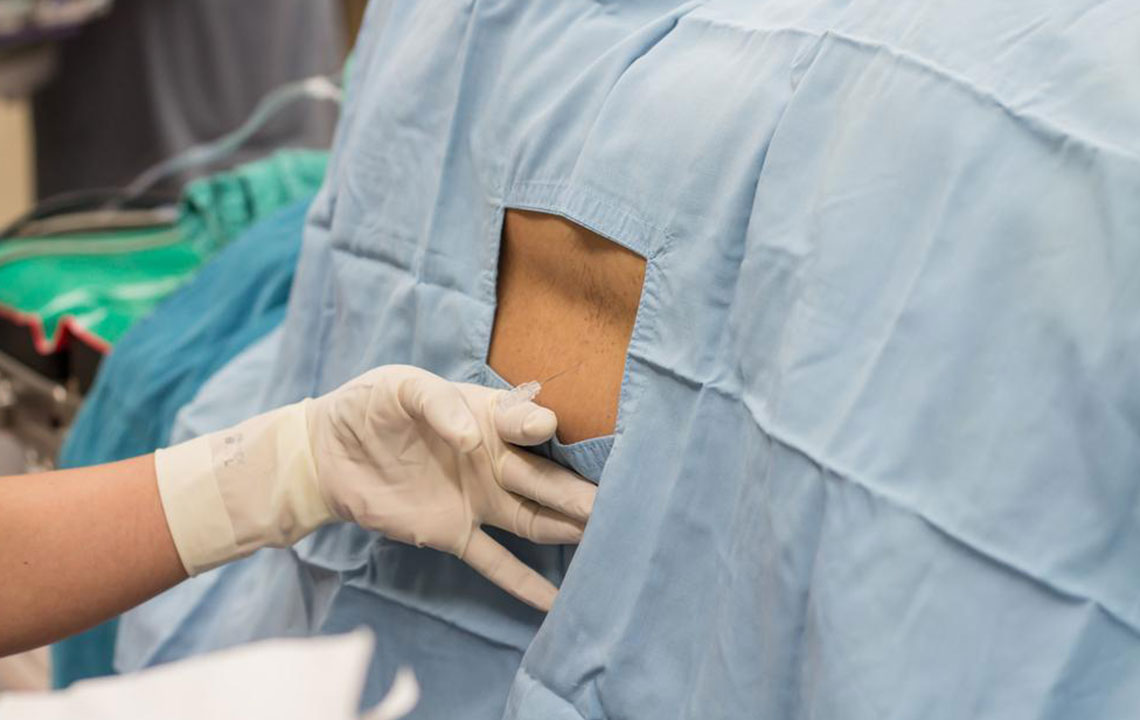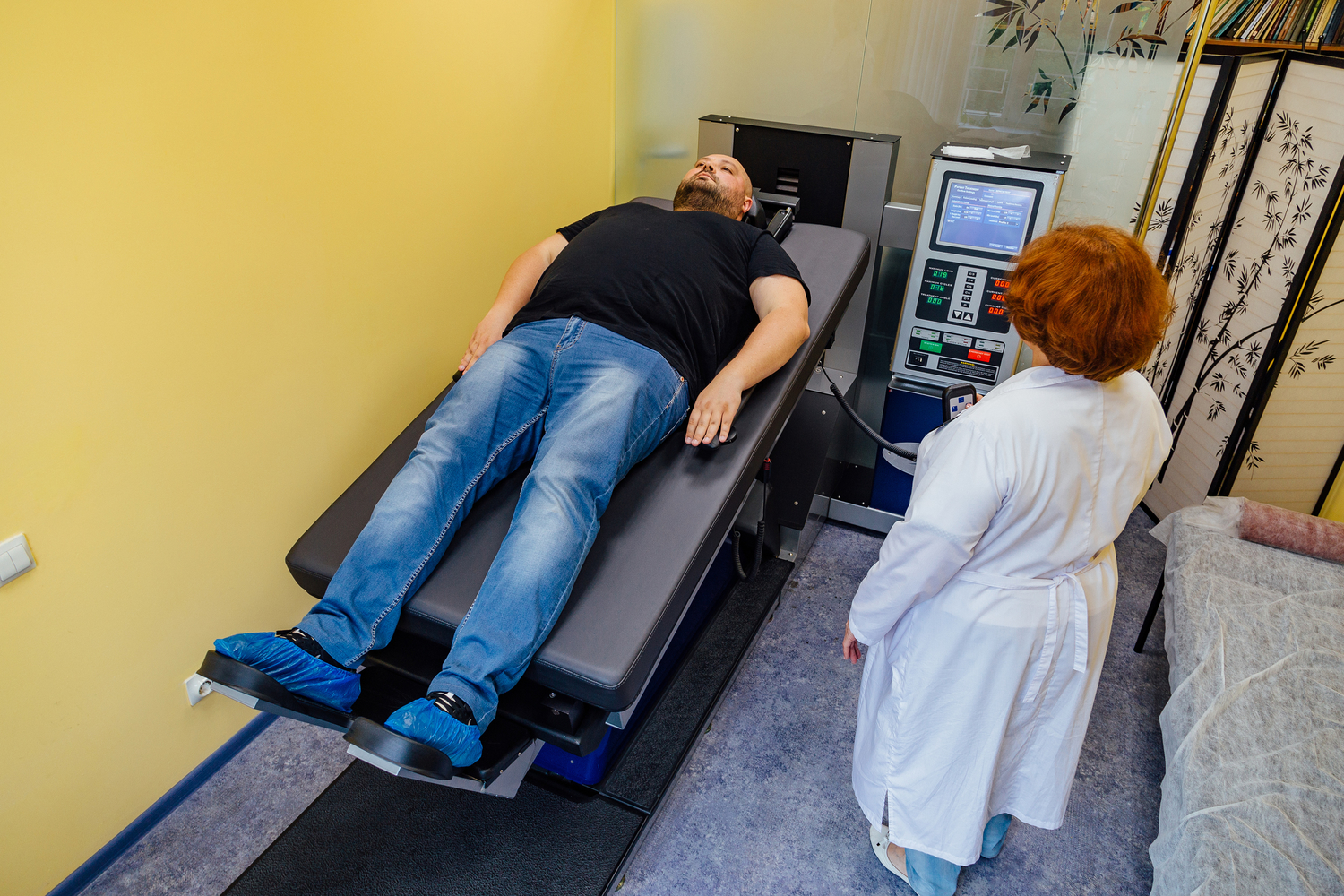Understanding Percutaneous Laser Treatment for Lumbar Disc Herniation
Discover the minimally invasive treatment option for lumbar disc herniation—percutaneous laser decompression. Learn about its history, procedure, clinical effectiveness, and how it can provide relief for suitable patients. This approach offers a promising alternative to traditional surgery, with studies showing high success rates and quick recovery times, making it a valuable option for those suffering from disc-related nerve compression.

Understanding Percutaneous Laser Treatment for Lumbar Disc Herniation
Degenerative or congenital spinal stenosis can cause narrowing of the spinal canal, leading to symptoms like pain and nerve compression. It can occur at various points such as the foramina, lateral recesses, or the central canal. Effective treatment is crucial to alleviate symptoms and prevent further complications. Since the 1930s, surgical interventions for disc issues have evolved from open procedures to minimally invasive techniques to improve patient outcomes.
Disc herniations are classified as contained or non-contained. Traditional open discectomy for contained herniations often yields less favorable results, prompting the development of less invasive procedures like percutaneous laser disc decompression. Introduced in the 1980s, this technique involves using laser energy to reduce herniation size and relieve nerve pressure.
The first successful procedure was performed in 1986 by Choy and colleagues, leading to FDA approval in 1991. Today, various laser spine centers worldwide perform this minimally invasive technique to treat lumbar disc problems effectively.
Clinical studies support the effectiveness of laser decompression. In 2000, Duarte and Costa conducted a study using CT-guided laser treatment, finding that 67% of patients achieved significant improvement, with others showing acceptable results. Similarly, in 2002, Knight and Goswami reported positive outcomes in 80% of cases. Further research by Zhao et al. in 2005 indicated that 82% of properly selected patients experienced excellent or good results, highlighting the procedure’s success in suitable candidates. Overall, laser disc decompression offers meaningful relief for patients with lumbar herniation.










